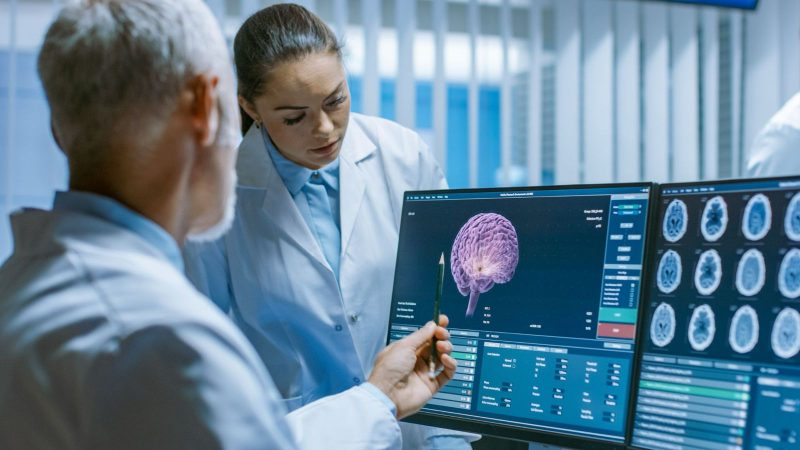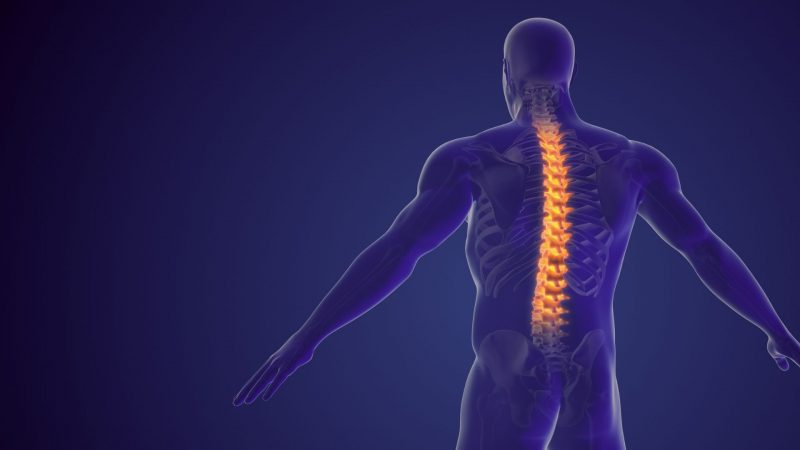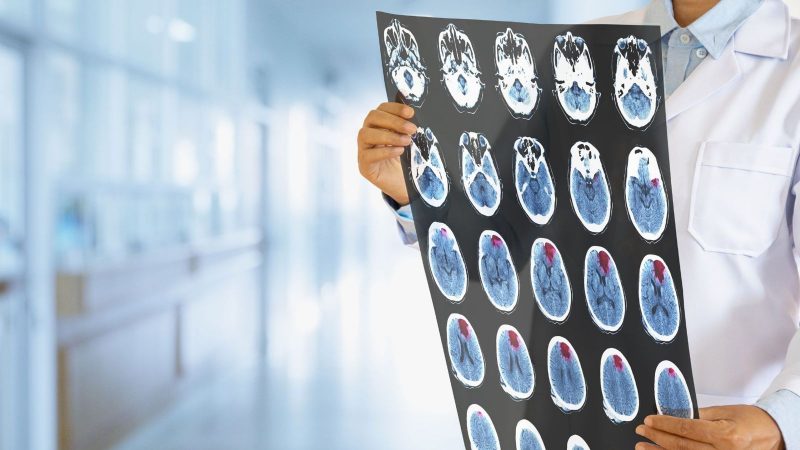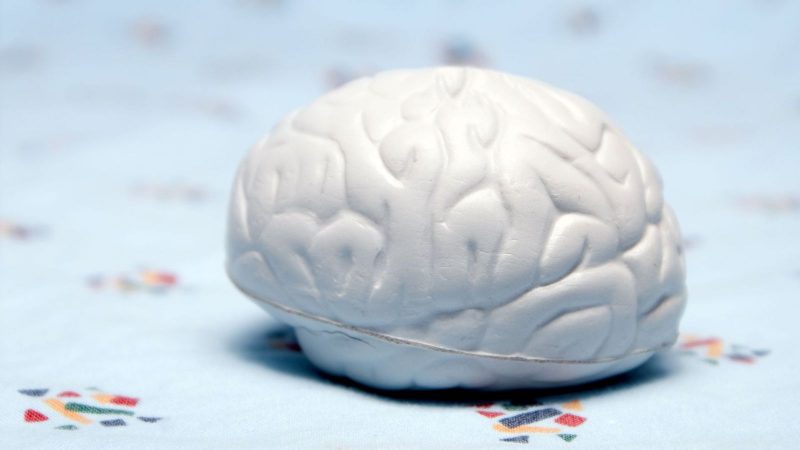Lower Back Pain: Types, Risk factors, Signs & symptoms
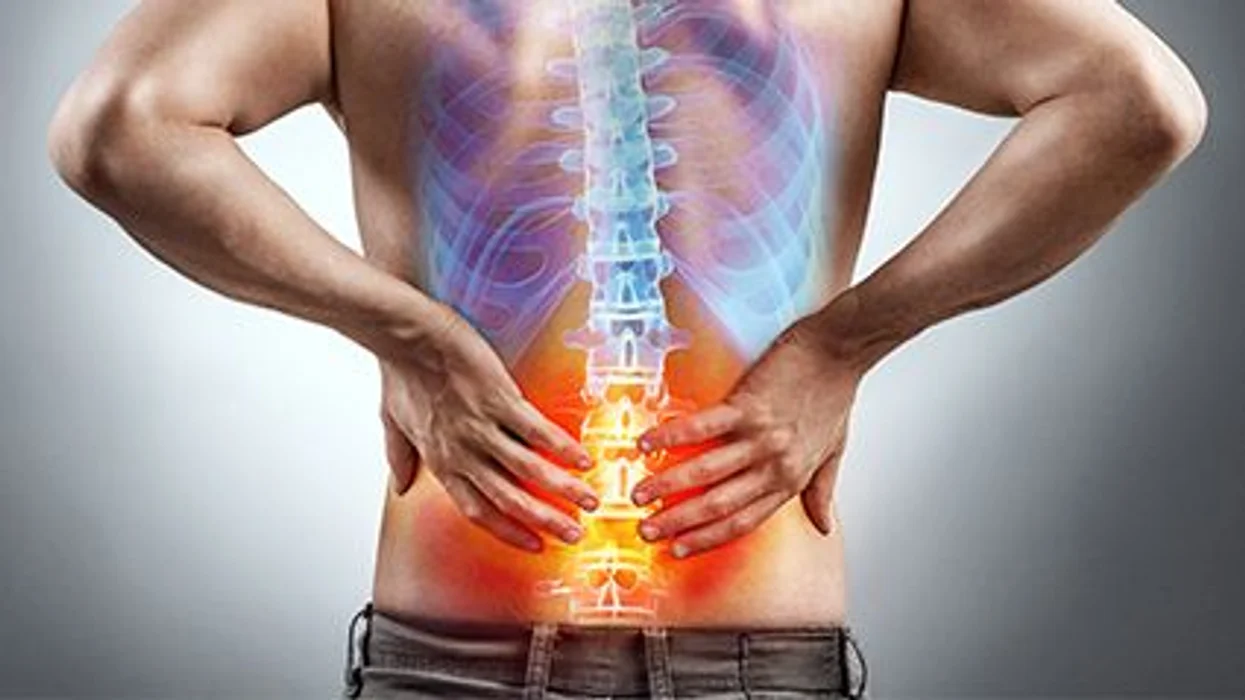
Lower Back Pain: Lower back or the lumbar spine is a complex structure consisting of interconnecting vertebrae, joints, nerves, ligaments and muscles which work together to provide support and strength to the spinal column as well as mobility and flexibility for every day body movement and motion. The complexity involved makes this area more susceptible to the development of pain and injuries due to regular strain and pressure, thus leading to the development of lower back pain.
Lower back pain is one of the most common medical conditions which affect more than 80% of people during their lifespan. Both adults and elderly people are at the same risk of developing it.
Types of lower back pain
On the basis of how long the pain stays or the duration of the pain, lower back pain can be categorized into 3 types:
Acute lower back pain: This type generally stays for less than 4 weeks and is caused by minor injury or tissue damage. It gradually goes away as the body heals.
Sub-acute lower back pain: This type of pain can last from 6 weeks to 3 months. It is normally caused by the muscle strain or joint pain. At this stage, medical help or consultation is required.
Chronic lower back pain: This is the most severe stage of back pain and lasts for more than 3 months. It normally does not go away with initial or basic treatments and requires expert help and a more elaborate treatment plan. Thus, early diagnosis is the key to prevent this condition.
Risk factors of lower back pain
Though lower back pain is a very common condition and can happen due to lifestyle changes/ a sedentary lifestyle, there are certain factors that aggravate the chances and risks of developing it. However, most of these risk factors are avoidable and can be easily avoided by making minor changes. These include:
Ageing: As we age, our back bones lose strength and resilience which normally leads to the development of pain in the lower back.
Genetics: Sometimes, hereditary deformity or problem in the back bone or discs may cause the lower back to ache.
Prior medical conditions: People with medical conditions like arthritis, osteoporosis, ankylosing spondylitis and cancer are at a higher risk of developing back or lumbar pain. Excessive weightlifting or exercising: Improper back exercise or heavy weightlifting may increase the risk of developing spinal injuries.
Sedentary and unhealthy lifestyle: Long hours of sitting or maintaing improper posture along with unhealthy diet, may elevate the risk of back pain.
Smoking or use of tobacco: Smoking indirectly affects the spine leading to back pain as it retards the healing rate, thus contributing to the risk factors.
Signs & symptoms of lower back pain
Though pain is the major and most common symptom of lower back pain, the complex structure of the lumbar spine gives way for other factors as well, which too, are indicatory of this condition. These include:
- Pain that travels from lower back to the legs, feet and buttocks
- Loss of control on bladder and bowel movements
- Fevers and chills
- Severe and intolerable abdominal pain
- Loss of sensation or numbness around the genitalia or back
- Excruciating and persisting pain that starts affecting daily activities
- Unsteady feet or development of tingling or numbness in legs
All these symptoms call for immediate consultation and diagnosis to study and treat the problem at its initial stages in order to prevent it from getting worse.
Diagnostic procedures of lower back pain
Although pain in the affected area is the major indication of lower back pain, detailed medical examination and tests are required to find the exact cause or accurate reason behind the problem.
The basic diagnostics procedures used for the identification of the lumbar pain include:
- Basic medical examination of the patient to identify prior medical conditions or problems which might lead to sudden lifestyle changes.
- A detailed family history & physical examination such as palpation check, neurological examination, reflex and leg raise test are done to check the basic muscle & bodily movements.
- Imaging tests such as a CT scan or MRI bone scan as well as X-ray may be done to identify the affected area or exact location of the pain or problem.
- Sometimes even after the test and exams, the exact cause of pain cannot be identified. In this case, to check or confirm the reason of the pain, an anti-inflammatory steroid injection is given in the spine to identify the exact location and nature of the pain.
Treatment of lower back pain
Depending upon the results of tests and diagnostic procedures, doctors may suggest the most appropriate and effective treatment plan out of a variety of treatments available for lower back pain which gradually provide relief to the patient. These may include:
Self-care treatment: Usually at the initial stages, back pain doesn’t require any medical or expert help. Simple self care strategies can be tried first. Using ice or cold packs and heat packs along with over-the-counter pain relief medicines such as ibuprofen, aspirin and naproxen can effectively alleviate low back pain in acute cases.
Exercising: Along with OTCs, physical therapies too play an important role in providing relief in case of lower back pain. Various exercises such as stretching and low impact aerobics play an important role in the rehabilitation of the spine.
Medication: Various medical treatments such as muscle relaxants, narcotic painkillers, epidural steroid injections, etc. are used to reduce the pain and provide relief. However, these
work mainly in acute and sub-acute stages and don’t necessarily treat the underlying cause of the pain.
Back braces: In some cases, back braces are used to provide external support and comfort to the spine. These braces if worn daily, in addition to physical therapy help in healing faster and reducing the pain.
Various alternative treatments such as manual adjustment of the spine, acupuncture, massage therapy and mediation, and yoga help in providing some amount of relief in the back pain.
Finally, if the above treatment doesn’t provide any relief, then surgical procedures are adopted to encounter this problem. These include:
Minimally invasive procedures such as radiofrequency ablation and endoscopic and microdiscectomies to treat back pain safely and effectively.
If the pain still persists or has become chronic or the patient is suffering from conditions like herniated disk, nerve compression, etc. then, various surgical procedures may be performed. Common surgical options include fusion, artificial disk, diskectomy or partially removing vertebrae.
Meet the best experts (doctors) in Delhi NCR to cure all your lower back problems only at Yashoda Hospital & Research Centre, Nehru Nagar, Ghaziabad. Besides having the best Neurologists & Neurosurgeons such as Dr. Rajeev Agarwal, Dr. Puneet Malik and Dr. Rakesh Kumar, our expert physiotherapist, Dr. John (PT) can provide instant relief to you in case of the most severe back problems.

